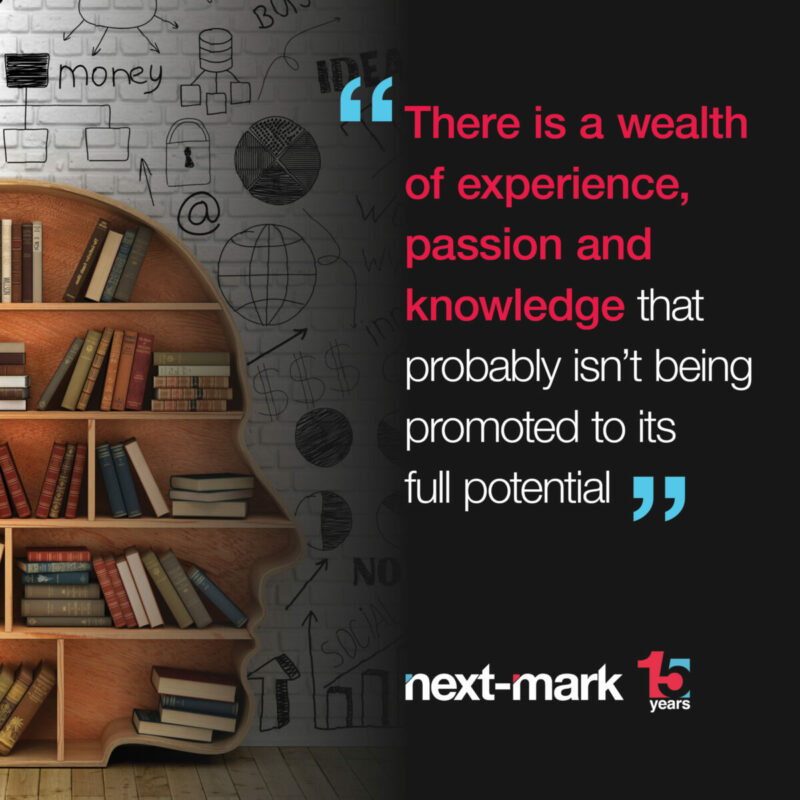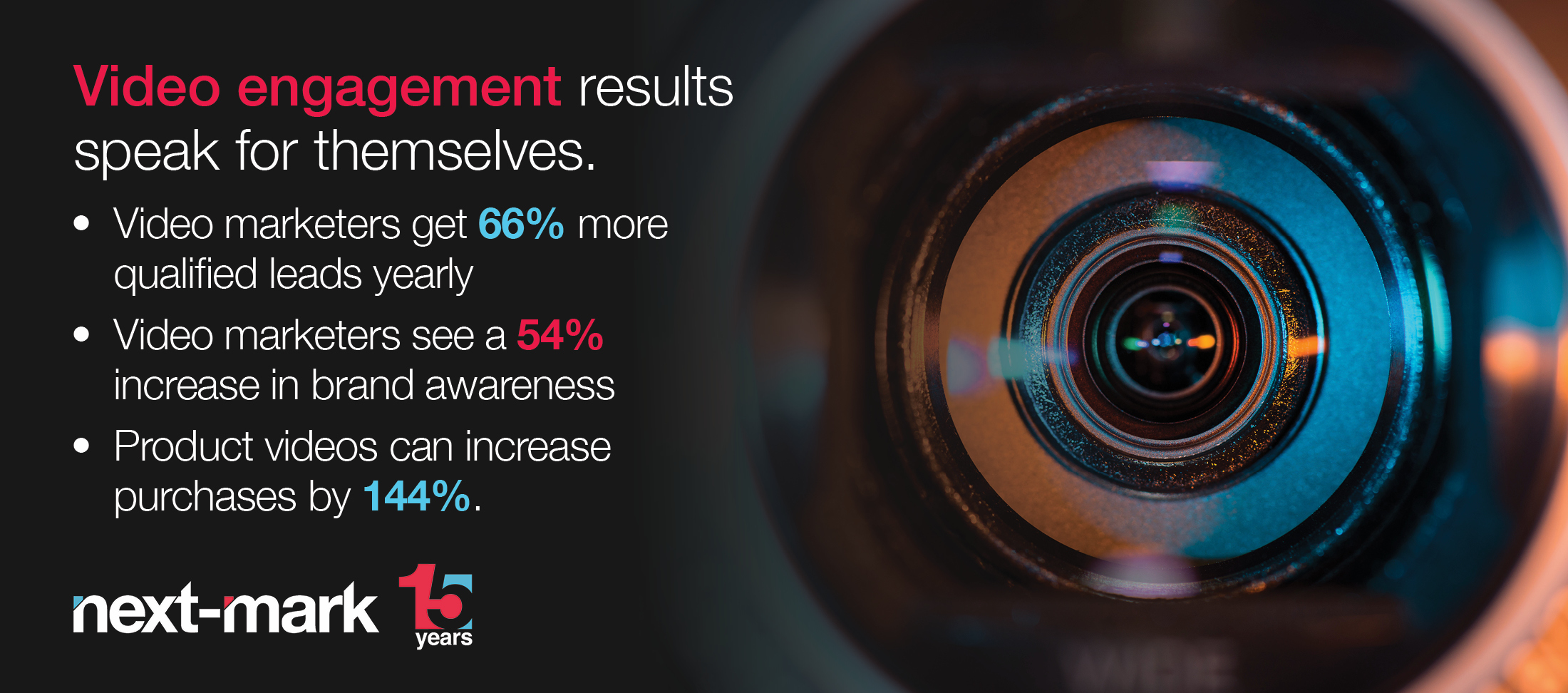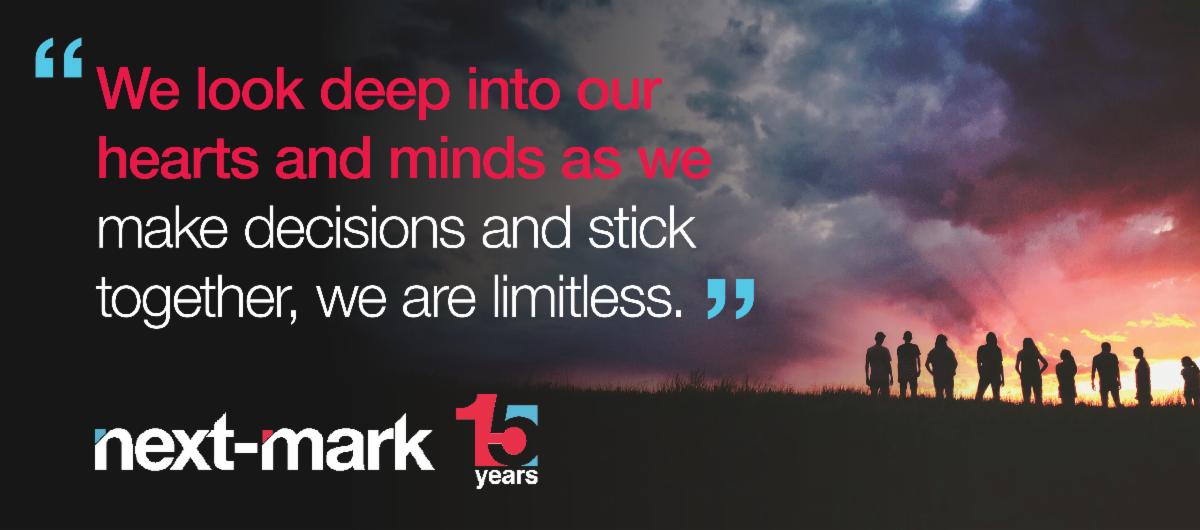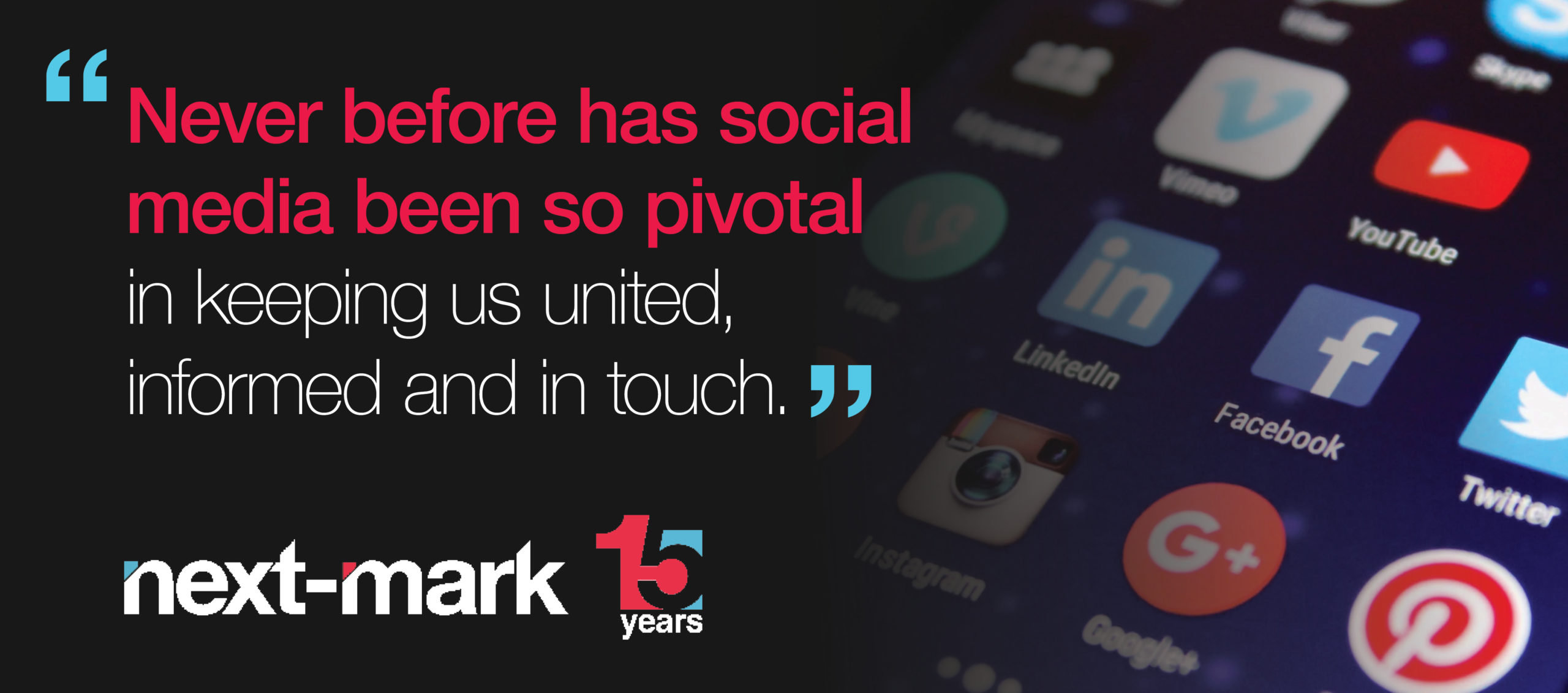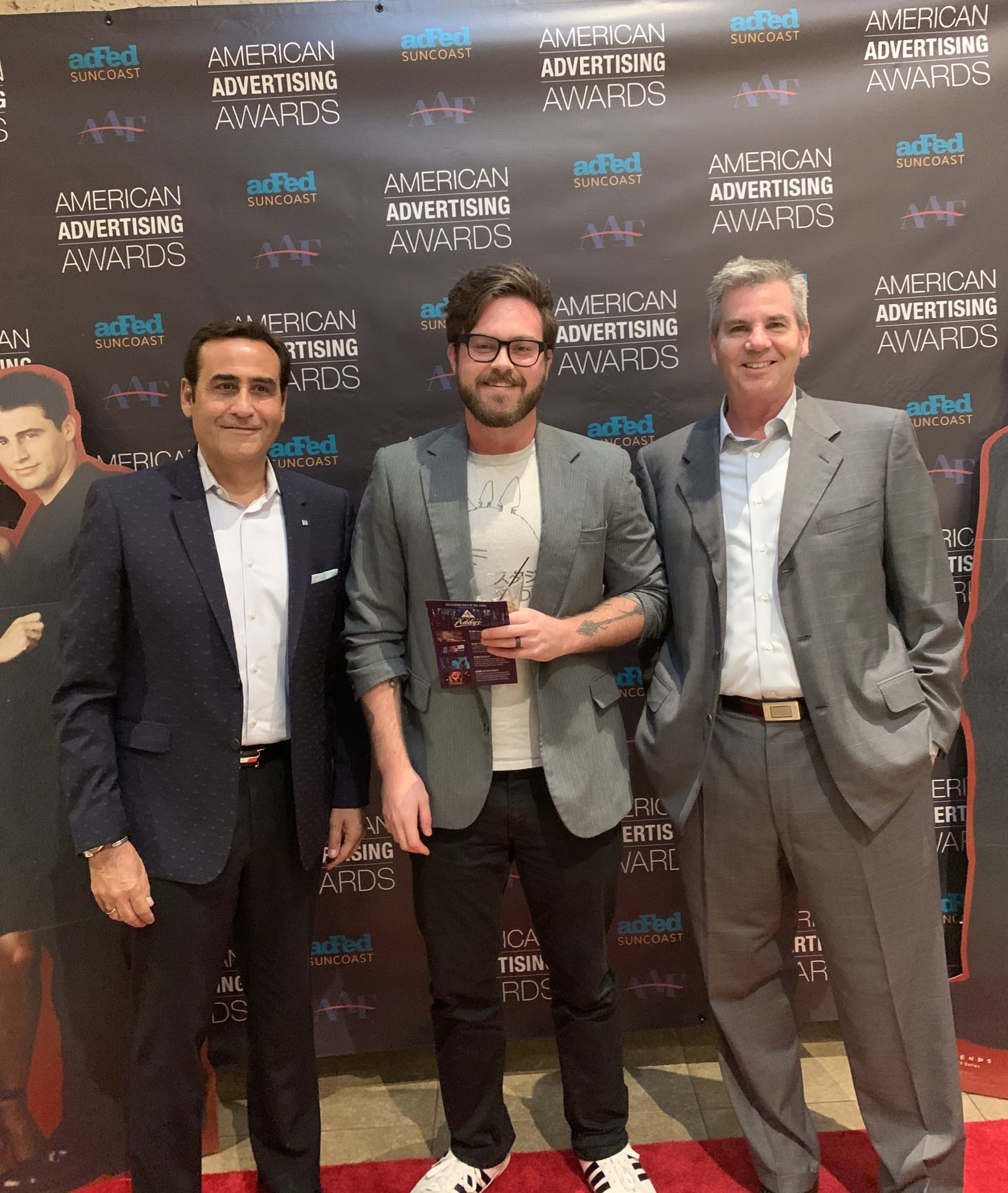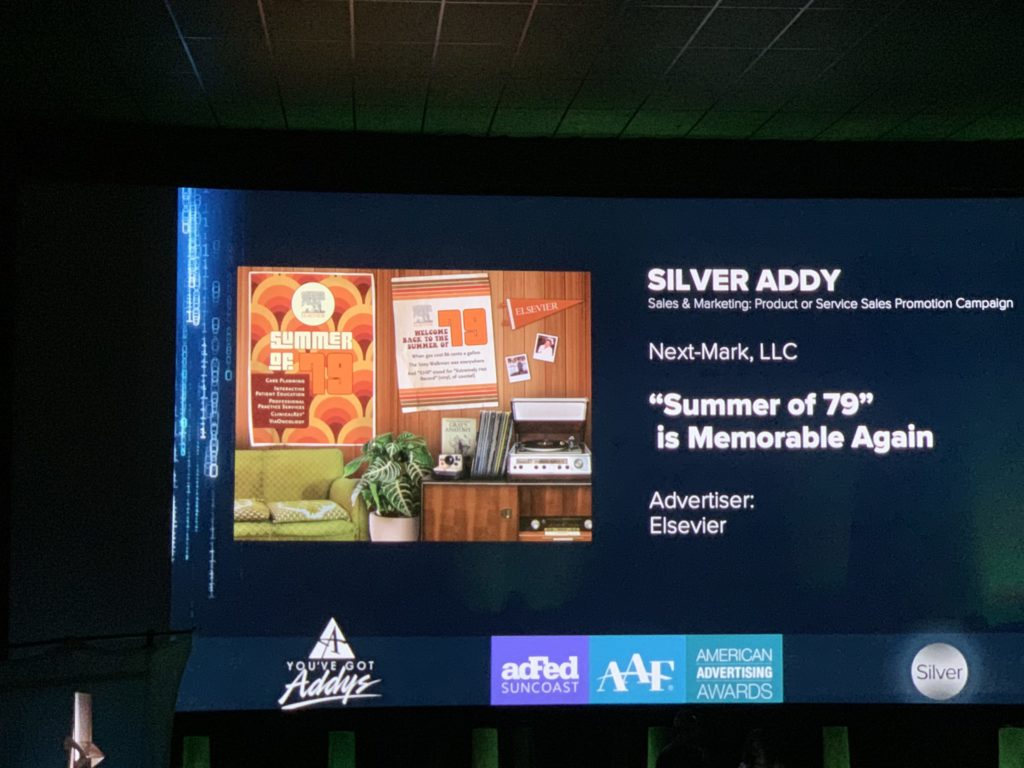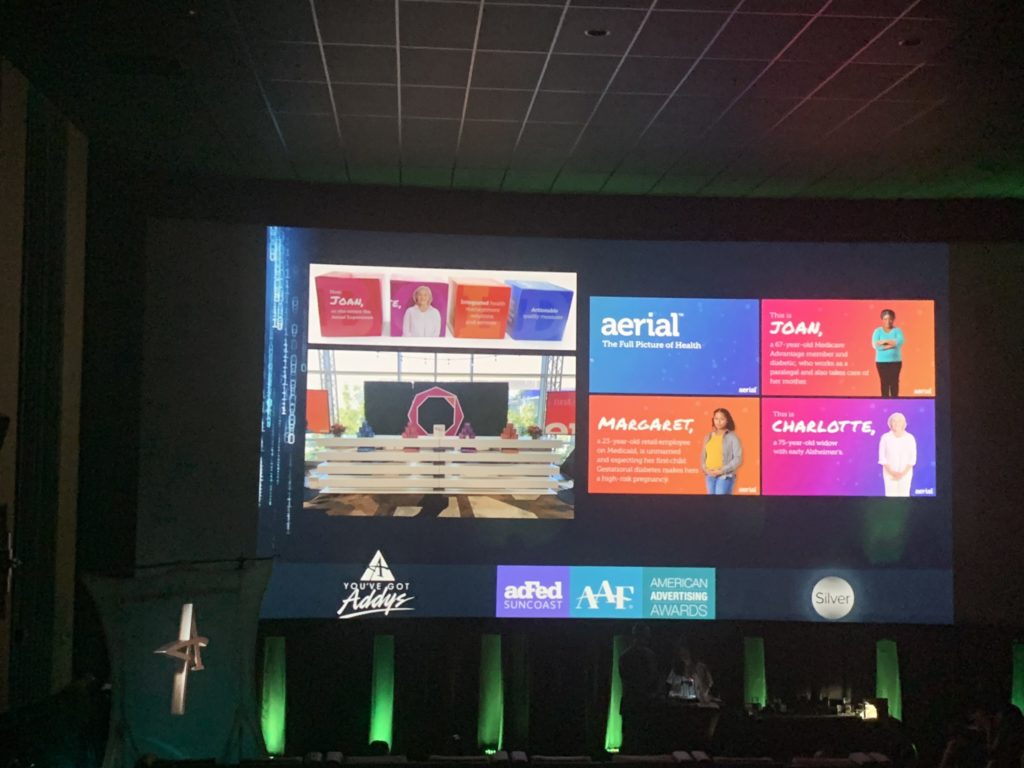
As professional communicators and marketers, we are working hard to understand what the current situation means to our clients, and how it affects their marketing and communications needs. Whether it’s for us or our clients, it’s clear that one focus must stay constant: maintaining responsible marketing and communications.
These times we’re all experiencing together offer us an opportunity to proactively manage our marketing and communications in a responsible way as well as to prepare for the positive bounce-back that we’re all looking forward to. With this in mind, we hope the following tips will help you make the most of the current marketing environment.
The Best Defense is a Good Offense
In new and threatening situations, the natural reaction tends to be reactive. Covering up. But it’s dangerous to be too reactive. First, reactions focus on the specific threat, creating instant tunnel vision. If you’re keeping your eyes open for opportunities, the last thing you want to do is hyper-focus on the one thing that you see as the problem.
Being reactive also causes stress. Instead, taking control of your destiny creates a positive stance, ready and eager for what’s next.
Familiar Territory
So much of marketing today is virtual that, on the surface, it seems like one of the least affected industries. This is partially true, but subtle changes have already happened. While it sounds counterintuitive, some industries might see more competition than before for online attention. This is especially true for email campaigns. Also, some businesses that are traditionally in-person, bricks-and-mortar only, have managed to be nimble enough to shift workers to online jobs or offer virtual versions of their traditional services. So, digital marketing and communications will continue to thrive and morph at the same time, embracing some activities and marketing needs that were once almost totally offline.
All Systems Go
The increase in virtual contact drives communication levels up, so you’ll want to remain responsive without doing everything as one-offs. That’s when your existing systems such as CRM and email marketing (hopefully connected to your CRM) play an important role. Good marketing demands engagement on your customers’ terms, so make sure to use every tool at your disposal to respond and serve as needed.
Tools of the New Trade
If you haven’t utilized webinars or podcasts before, this is a good time to start. It has always been an effective way to share your insights or demonstrate the value of your product or service with minimal commitment—and substantial opportunity for engagement—from your audience. To a certain extent, the same holds true for short videos, blogs, or the tools of public relations including media releases, by-lined articles and networking with the writers and editors.
Along with the latest business communications tools, do not overlook your social media. This is a new era of engagement that calls for the highest standard of messaging and content.
One-to-One
Whether it’s texting, calling, video chatting, or via any other means, reaching out to your customers and clients has become more necessary than ever. You’ll realize at least two big benefits from increasing your one-on-ones: communicating what actions you’re taking these days and gaining insights and other perspectives from others. If it isn’t already part of your daily business life, being proactive in your one-on-one communications should become an essential part of it now.
We are Not Alone
If your inbox has already filled with more emails than usual from companies you’ve done business with, keep that in mind when you plan to send one of yours. Not only will it need to pass the usual gauntlet of spam filters and subject-line relevance to earn an open, the message inside will need to be different from all the others in order to resonate in a meaningful way. The correct approach is actually the same as it ever was: offer something of unique value, including the experience of doing business with you.
Take on High Road
Now is the time to be a proactive partner with your customers, clients, vendors, and others. While it’s important that you show your confidence in every interaction, there is no excuse for overreaching to the point of becoming opportunistic. If you have a product or service that you can offer for free, for instance, do it as a positive gesture and acknowledge that it’s because we’re all in this together. Your responsibility, as always, is to serve the needs of your customers or clients.
Stay Strategic
Even when business was business as usual, putting out fires was much easier than stopping long enough to focus on strategy. Try not to get sidetracked by the immediate situation. Whether it’s your messaging strategy, marketing strategy, or business strategy itself, focusing on the big picture will likely pay big dividends going forward.
Stay on Message
Your business should already have a solid messaging strategy in place, so everyone knows what to say to support your brand and its mission. There is no reason to diverge from this because of the current environment. Instead, take this opportunity to augment your messaging platform with those messages that are newly important. Everything still needs to work as a comprehensive system and stay fully aligned with your strategy.
Stay Social
Just as important as staying strategic and on message: keeping your brand active socially. Use the tools of public relations and social media to widen and deepen engagement with your audience. The media and publishers are hungrier than ever for content that can enlighten and entertain. Seek out opportunities to appear as a guest on radio and podcasts as well. As for social media, make an extra effort to engage more often and more directly with followers. Now, more than ever, going beyond posts to pursue actual dialog with your audience will increase the sense of connection—so important to any brand.
Light at the End of the Tunnel
We’ve started to notice one positive indication that life beyond the curve is going to happen. The news outlets are letting the “normal” stories inch back into the news cycle. There is light at the end of the tunnel. We just don’t know exactly how long the tunnel is.
As for us at Next-Mark, each of our clients has adjusted differently to the changes. While some are clearly focusing on their internal actions, others have actually accelerated their communications and marketing outreach. And, we’re happy to share, with have welcomed new clients who see as an important partner in developing strategic communications and marketing programs in this new era of business. If this is what the new normal looks like, then we’re feeling good about the future.
As always, we encourage you to reach out anytime. Whether you need a sounding board or you want to share some your own insights, we are here for you.


